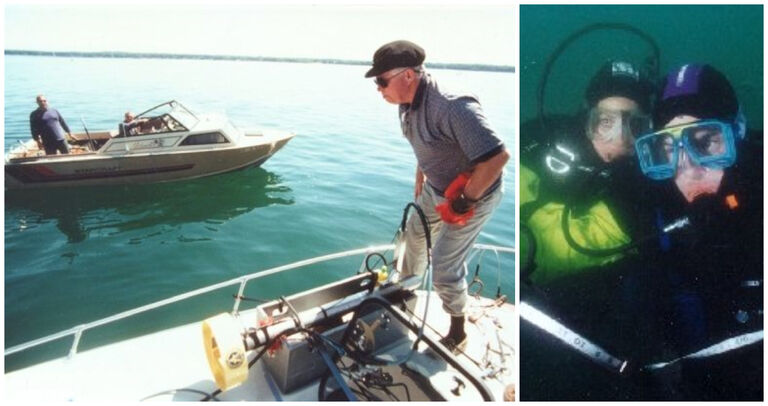Researchers Used A Robot To Comb The Bottom Of Lake Superior And Came Across An Eerie Scene
Straddling the northeastern border of the U.S. and the southeastern border of Canada, Lake Superior truly is a sight to behold — not that you can see all of it at once, unless you happen to be looking from space, that is. In addition to being the world’s largest non-saline body of water by surface area, it holds a whopping tenth of global freshwater! Naturally, the founding members of the Great Lakes Shipwreck Historical Society (GLSHS) have always had a keen interest in scouring the depths and uncovering any historical secrets that it might hold. And when they started employing the latest cutting-edge technology, one exploration survey team made a discovery unlike any other...
Humble beginnings
Founded in 1978 the GLSHS was the brainchild of a group of divers and educators who shared a hunger to explore the unknown depths of these waters. Entering into a formal agreement with the State of Michigan, the GLSHS has committed to preserving Lake Superior's shipwreck heritage while also fueling further historical research. And this twin-pronged approach has led to some intriguing discoveries over the years...
Gearing up
In order for their expeditions to be productive, the GLSHS needs to equip itself with high-quality, reliable diving and research tools. At the center of its arsenal is the 47-foot research vessel David Boyd, which is armed with a variety of equipment to plunge beneath the surface of Lake Superior to unearth its treasures.
Advancing with technology
This GLSHS tech includes a Phantom S4 Remotely Operated Vehicle (ROV), used to get a closer look at sites of interest, along with cutting-edge sonar equipment and some of the finest underwater HD cameras on the market. All this is used in tandem with the team’s optimized navigational technology, enabling them to probe hitherto-unexplored submerged terrain.
Pursuing knowledge
In order to maximize their research efforts and broaden their exposure, the GLSHS has partnered with the Canadian Navy, the U.S. Fish & Wildlife Service, and media giants such as Discovery and The History Channel. And needless to say, over the years the GLSHS already has several groundbreaking discoveries to its name.

